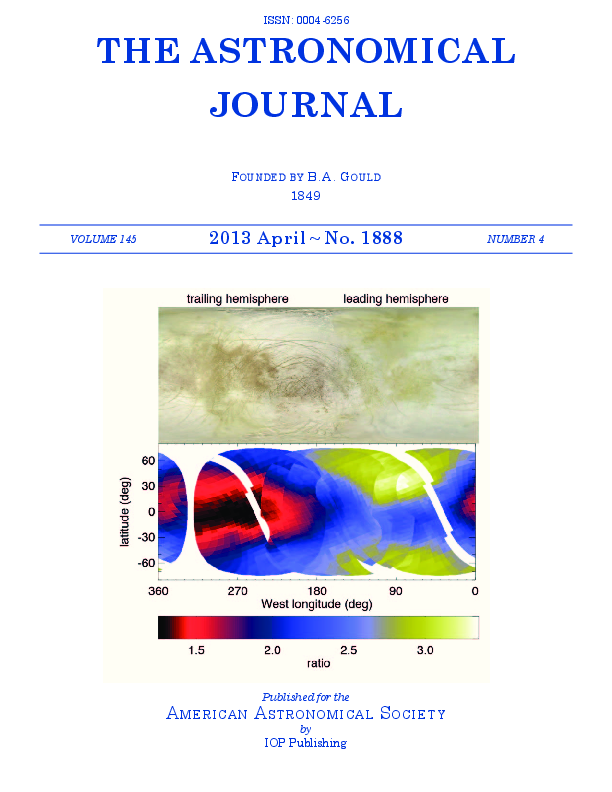Regular readers of this blog know that I love to show off the neat things you can do with IDL, usually with some code. I thought I’d try something different today, though. As product manager, I help set the agenda for IDL development. So, here’s a look at where we’re going with IDL in the near future.
The big themes for IDL in 2013 are:
- visualization
- file access
In the IDL releases this year (8.2.2 in February, 8.2.3 in May and 8.3 this fall), we’re trying to tie development (including improvements, new features and bugfixes) to these themes. Outside issues arise and are addressed, but we’re trying to prioritize stories that fit these themes. So far, this has included new (New) Graphics routines like SCATTERPLOT, BOXPLOT, and soon, BUBBLEPLOT and VOLUME, as well as continued improvements to the performance and usability of NG. For file access, we’ve updated our HDF4, HDF-EOS and CDF libraries, and updates to netCDF, HDF5 and GRIB are on the way.
Looking at the 2013 releases as a whole, I think we’re making good progress in addressing these themes.
(If I get egged on enough, I’ll talk about what we’re thinking about for IDL in 2014, too.)





